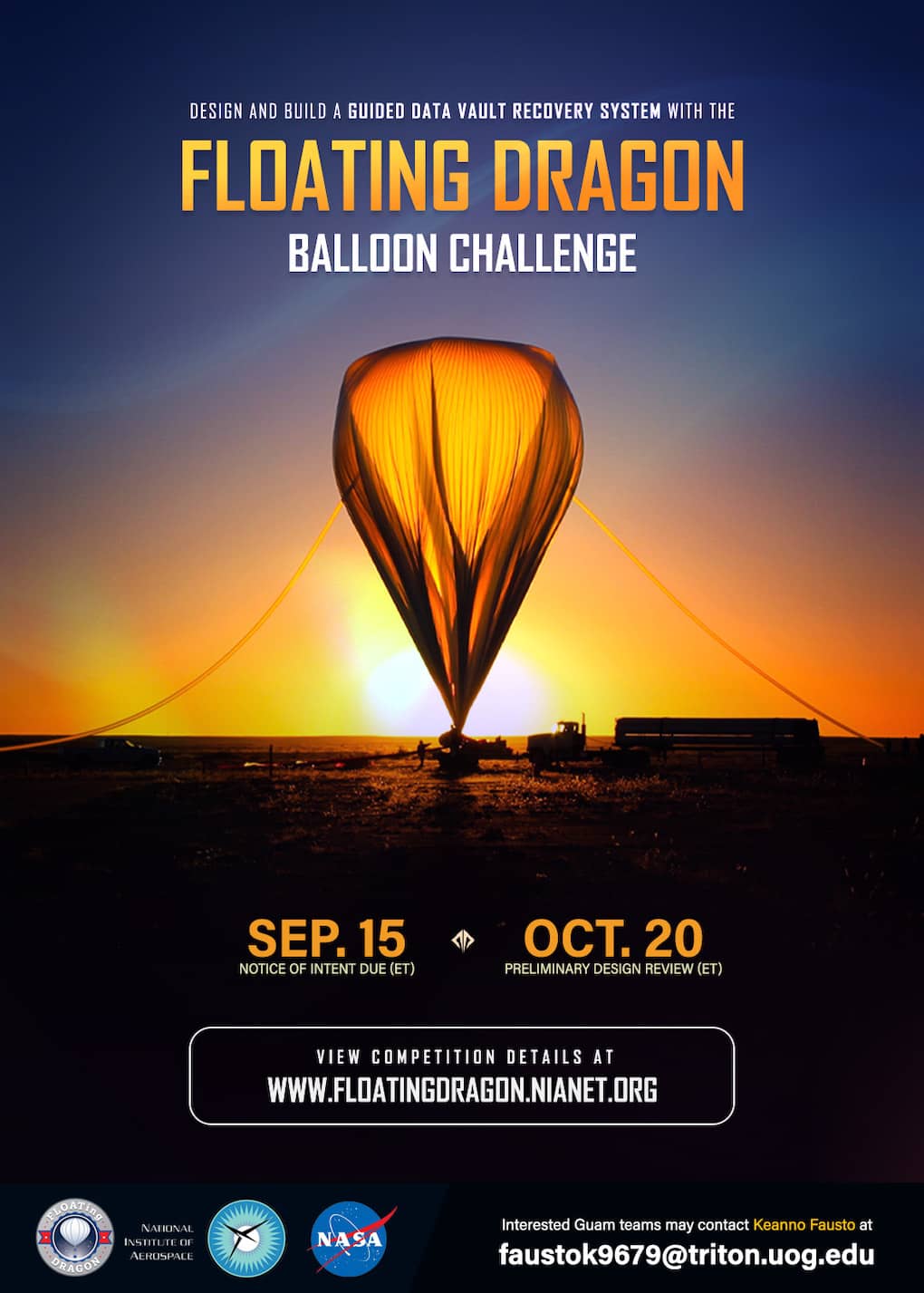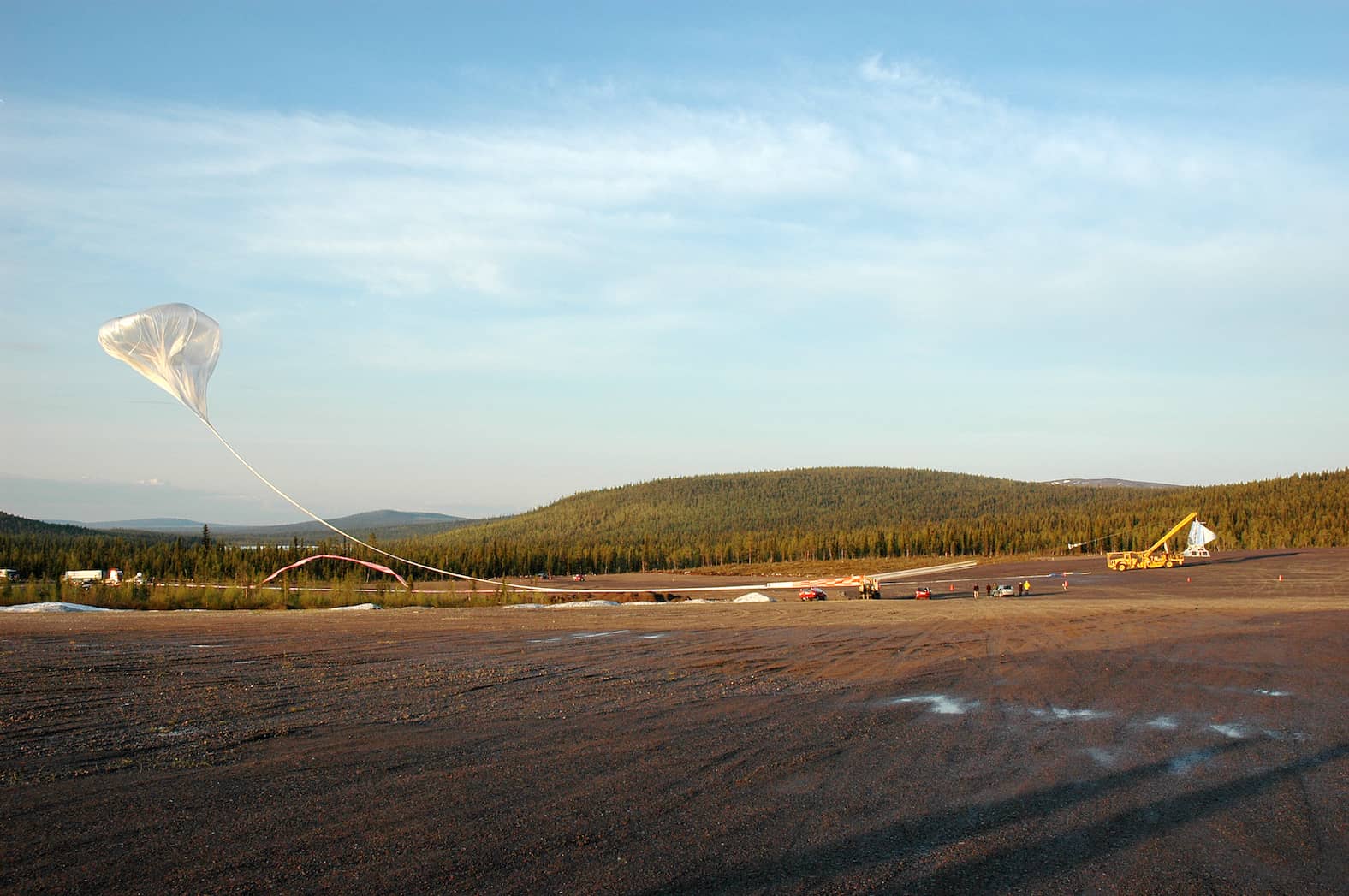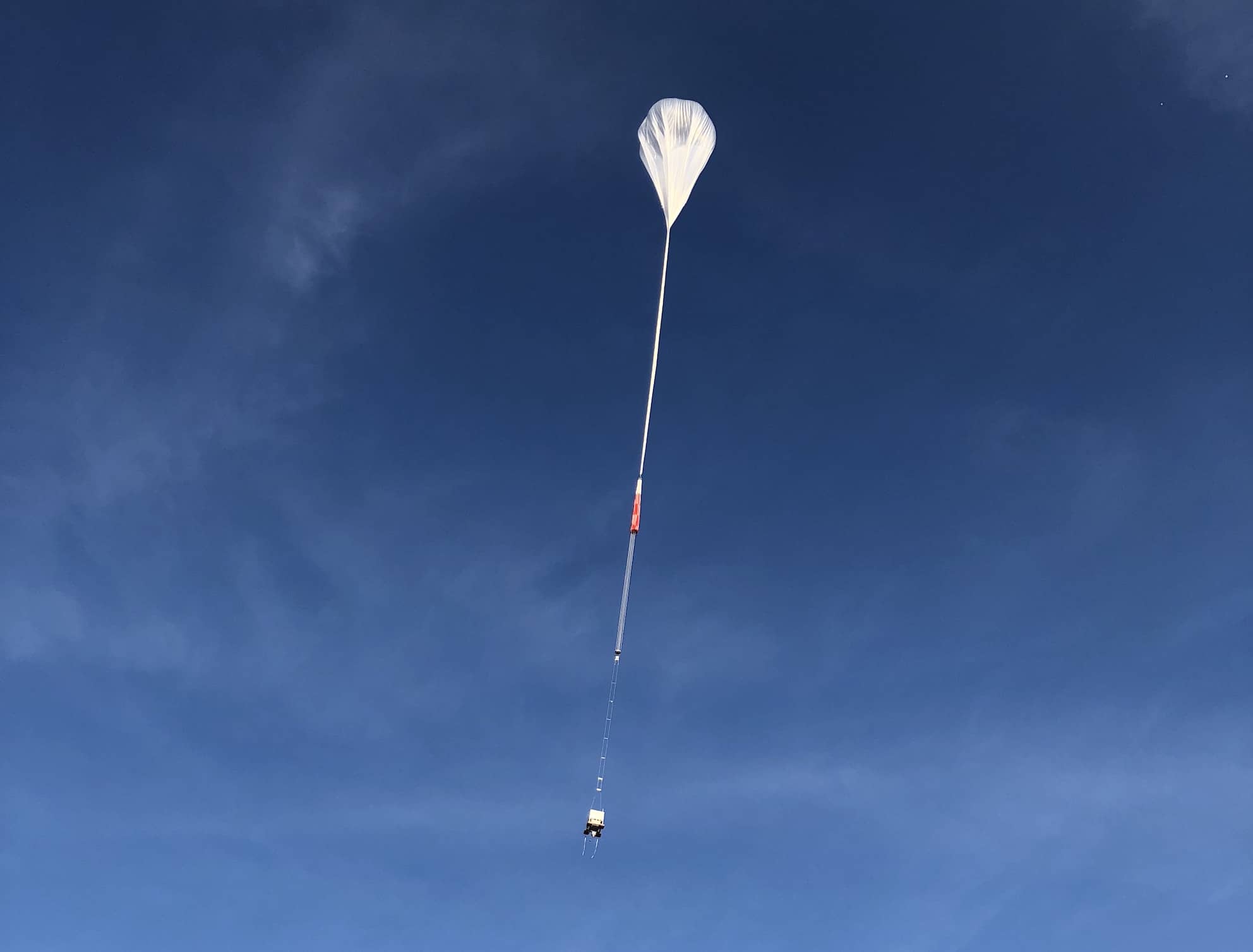NASA Balloon Competition invites students to drop objects safely down to Earth
NASA Balloon Competition invites students to drop objects safely down to Earth
NASA Balloon Competition invites students to drop objects safely down to Earth
8/30/2022
NASA’s latest competition — the 2022 FLOATing DRAGON (Formulate, Lift, Observe, And Testing; Data Recovery and Guided On-board Node) Balloon Challenge — invites teams of undergraduate and graduate students on Guam to develop a concept and prototype for a system capable of delivering a data vault from a high-altitude balloon flight to the ground in a guided, safe manner.

Sponsored by NASA’s Balloon Program Office at the Wallops Flight Facility, the FLOATing DRAGON Challenge was developed to provide increased opportunities for research institutions to contribute to NASA’s Science Mission Directorate’s mission.
Balloon missions pave the way for groundbreaking scientific investigations, allowing researchers to collect large amounts of valuable information about our planet from high altitudes by sending data-collecting instruments into the atmosphere via balloons. To securely access the collected data, however, recovery systems that protect both the people on the surface and the data vaults from harsh conditions when returning to the ground must be developed.
Interested teams must secure a faculty advisor and review the competition guidelines before submitting their non-binding Notice of Intent (NOI) by Sept. 15, 2022.
Contestants must then develop a Preliminary Design Review (PDR) submission package
by Oct. 20, 2022. After receiving feedback from the judges on the PDR, teams will
have another opportunity to submit their final proposal via a Conceptual Design Review
(CDR) Package.
Approximately four teams will be chosen to build and test their data recovery prototypes. Each finalist team will receive a monetary stipend of $5,000 to offset costs associated with the development and construction of their concept, including any participation costs. Unique to this challenge, teams will be paired with NASA engineers at Wallops, who will provide technical guidance for several months to help refine the team’s design and prepare it for flight.
Upon successfully passing a rigorous mission review process, the teams will conduct a test drop of their system in Fort Sumner, New Mexico, in August 2023. The winning team may have the opportunity to integrate their system in a future NASA mission.
Important Deadlines (All times in ET)
- Sept. 15, 2022: Notice of Intent (NOI) to participate deadline
- Sept. 27, 2022: Q&A for interested teams (2 p.m. – 3:30 p.m. ET)
- Oct. 20, 2022: Preliminary Design Review Submission deadline
- Jan. 8, 2023: Conceptual Design Review Submission deadline
- Jan. 30, 2023: Teams are notified of their selection status
- Aug. 15, 2023: Integration and Testing at Fort Sumner, New Mexico
For more information about the challenge, including full design constraints, requirements, and guidelines, visit https://floatingdragon.nianet.org.
Teams interested in entering the competition may contact Keanno Fausto at faustok9679@triton.uog.edu.


